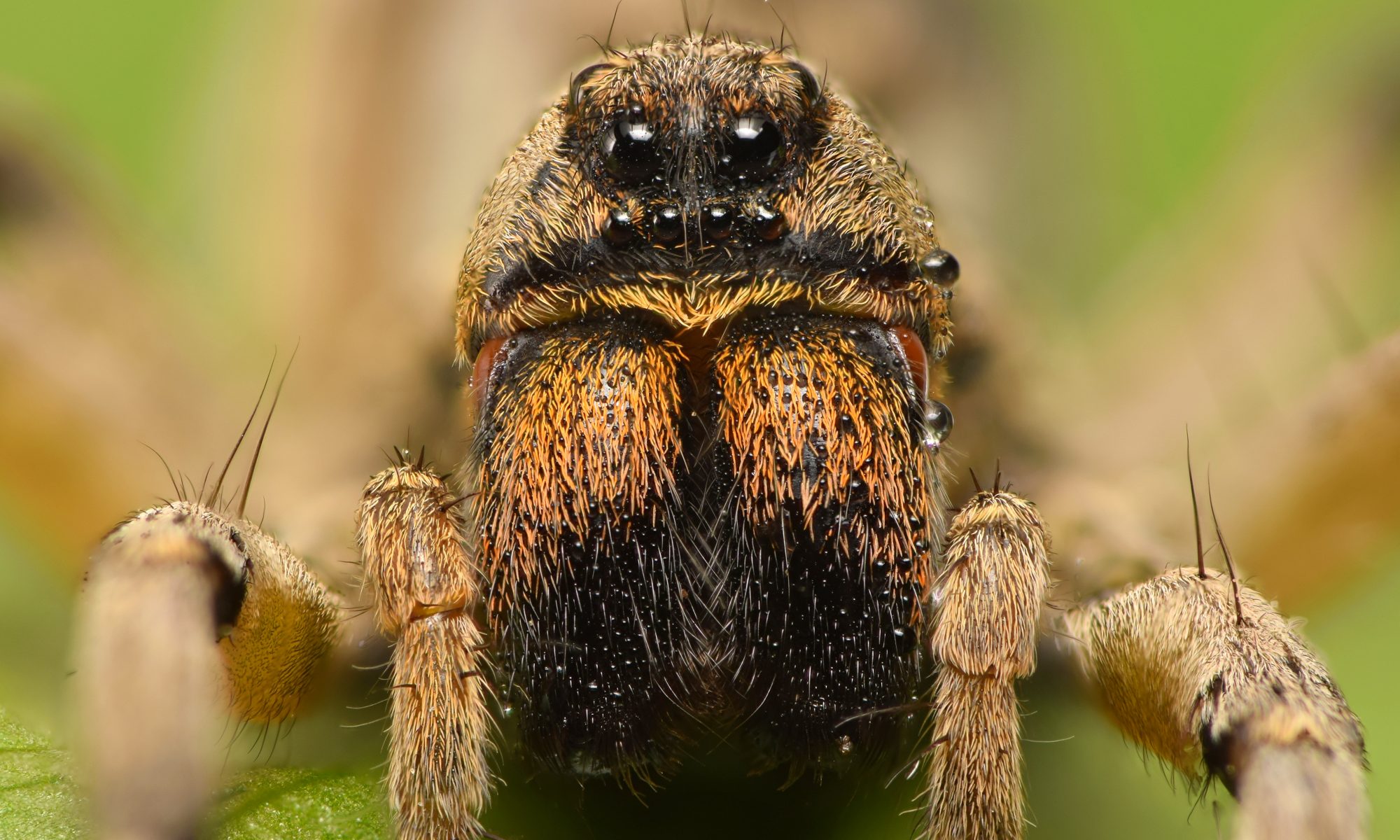
Seeing a wolf spider inside your house is terrifying. This unique-looking creature is beneficial to the environment, though that doesn’t mean you want them as a roommate. You likely want to make sure you protect your home from the invasion of this pest.
Here at Environmental Pest Management, we help you solve your problem and get rid of pests, especially wolf spiders, all around your house. Visit our website or call us at 952-432-2221 for professional help and tips you can apply on your own.
Living together with a wolf spider may not be as invasive as having any other pests like ants and flies in your house, but it can be a nuisance and quite a scary sight to see when they multiply. Getting professional help, like the experts at Environmental Pest Management, will help rid your home of wolf spiders.

What Are Wolf Spiders
Wolf spiders are arachnids that are commonly spotted in brown, black or gray hues. They grow 35 millimeters in body length and have eight non-compound eyes that are organized in four small eyes that form one layer, another row for two more enormous eyes and an additional two small eyes on the topmost of the head.
Due to its size and color, it is not a question anymore why wolf spiders inspire fear to anyone who sees it. However, wolf spiders are not harmful and can be beneficial to your homes. You may not want to believe this, but wolf spiders are advantageous to have in your homes.
Good news! These hairy arachnids usually do not bite humans. They, most of the times, eat insects, worms, and any other living organisms that are tiny enough to catch and devour.
According to National Geographic, wolf spiders, also known as ground spiders, are the sprinters in the world of spiders. Unlike any other spiders, they do not spin webs and do not use silk to subdue prey. Instead, they stalk their target, move quickly, and aggressively just like wolves.
Wolf spiders protect themselves through camouflage, with dark brown and mute colors. If their prey is small enough, a wolf spider will crush it up before devouring it. If the prey is larger, a bite will inject the food with venom and prepare it for ingestion by liquefying it’s organs.
Lifespan of a Wolf Spider
Wolf spiders live quite a bit longer than you think. Sad to note but wolf spiders live for the entire two years! This means that you cannot ignore their existence in your household, for they will lay eggs when they find your home safe and comfortable.
Their life starts when the female wolf spider builds its egg pod of flimsy white silk, formed like a ball with a noticeable circular seam. It will then transport the egg sack around attached with strong silk to her spinnerets.
When the baby spiders hatch, they catch a ride on the mother’s back until they are ready to take on the world alone. Wolf spiders have an unusually low degree of parental care; they leave their young when they are ready to scatter.

Where do Wolf Spiders Live?
Wolf spiders are found everywhere; there’s likely one nearby you right now.
Due to the changes in the environment, wolf spiders found ways to adapt and live. While others live on some cold and rocky mountain peaks, a few also reside in volcanic lava tubes.
They thrive on to drylands like inland shrublands and deserts. They have also learned to survive in wetlands like forests along the coast and meadows on mountains.
Though wolf spider species are said to be found everywhere, their number is high in gardens in suburbs, dunes along the coast, mountain herb fields or along river beds. The habitat of this spider can span a vast region. Wolf spiderlings travel great distances.
Now, you might be wondering how wolf spiders get inside your house. Since wolf spiders do not make webs, they choose to live in burrows. Wolf spiders sometimes close off their burrows with silk. During wet periods, wolf spiders protect their burrows with small items, like pebbles, and even build canals to rebound floodwater. They also put twigs at the top of the hole.
Although wolf spiders are used to wet areas since they consider it as their habitat, they need a temporary place to stay in that is warm and dry. Unfortunately, in many cases, your house fits the bill.
When the fall season starts, wolf spiders pursue habitats that give warmth. They have been known to enter homes and are usually found in windows, walls, ceilings, and even in your cupboards.
Wolf Spider’s Diet
Wolf spiders search for food during the night. Typically, they prefer:
- crickets
- ants
- worms
- houseflies
- moths
- mealworms
- mosquitoes
- grasshoppers
- other types of small invertebrates
Surprisingly, this type of spider does not only eat tiny insects. At times, large classes of wolf spiders can consume small lizards and frogs.

Are Wolf Spiders in My House?
All spiders, including wolf spiders, have the aptitude to get inside your home. They frequently scamper underneath the openings and cleavages below doors. Sometimes they are carried inside on you or a houseguest.
Detections of wolf spiders are the primary indication of their infestation. If you found wolf spiders attacking your structure, it is best to contact an expert. While they may seem scary, you are safe. Calling an expert will ensure your home is free of creepy, crawly pests, like wolf spiders.
Environmental Pest Management will cast away your fears as well as those wolf spiders. Reach us now for a free house consultation and start living a pest-free life!
